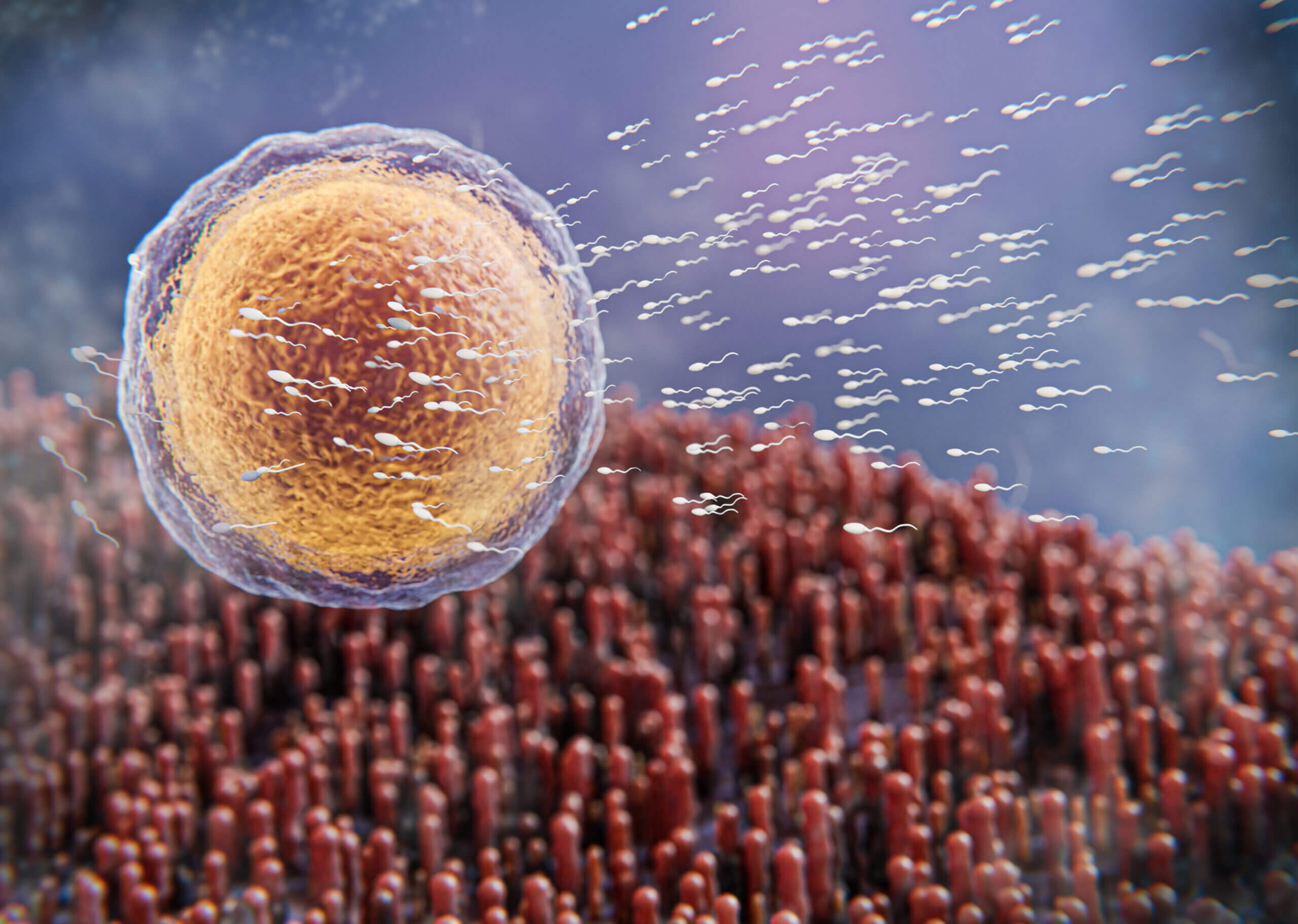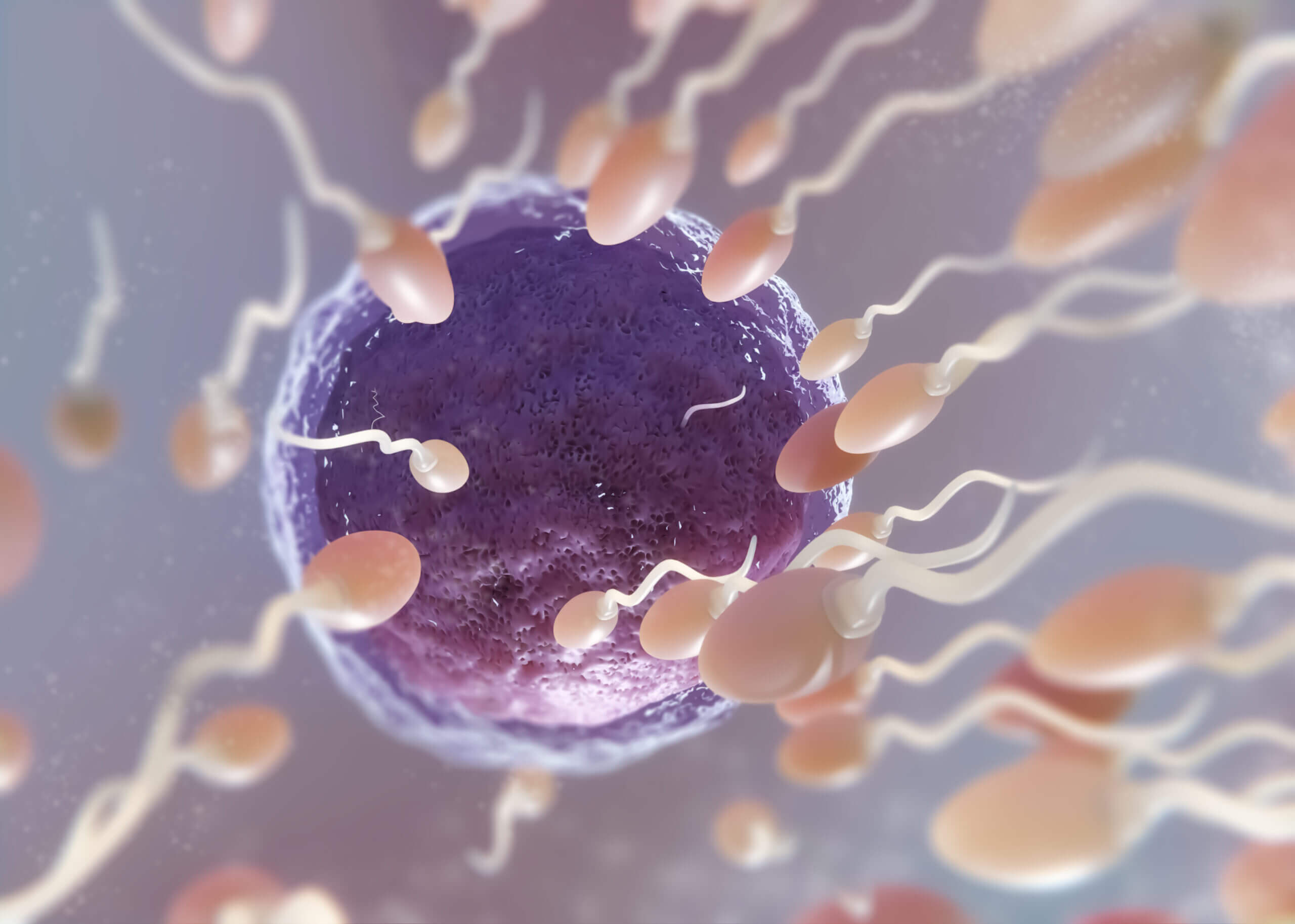Data aktualizacji: 26 April 2024
Publish date: 4 October 2023
: 12 min

The oocyte is truly exceptional, with its novel properties still being discovered by top scientists worldwide. Here are 15 surprising facts about it!
For a long time, biology textbooks stated that a woman is born with a finite number of oocytes. Their production occurs entirely during the fetal period and ceases before birth. Typically, it’s said that a girl has around 7 million immature eggs while in her mother’s womb, which decreases to 700,000 by the time of puberty.
However, recent research has turned this theory upside down. Scientists have identified a new type of stem cell in human ovaries that may indicate the possibility of continuously generating new oocytes throughout a woman’s reproductive years. Just as the male body constantly produces new sperm (around 1,500 per second!), it’s plausible that the female body possesses a similar capability.
It might surprise you, but an egg is one of the largest cells in a woman’s body. It’s about the size of a grain of sand and can be seen with the naked eye. To put it in perspective, an oocyte is roughly 4 times larger than a skin cell, 26 times larger than a red blood cell, and 16 times larger than a sperm cell!

Most oocytes remain in an immature state within the ovaries from a woman’s first menstruation. Some will stay dormant for years or even decades before beginning to mature. Others might degenerate and never fully develop. To initiate the journey to the fallopian tube and ovulation, an oocyte first receives a signal to begin final maturation approximately 150 days before being released from the ovary.
Around 12 oocytes begin growing at the start of each cycle. As ovulation approaches, one emerges as the leader and receives the final signal to mature. Eventually, this oocyte is released from the ovary.
Once an oocyte matures and is released during ovulation, it travels to the fallopian tube, where it survives for 12-24 hours. Conception is possible if sperm is present in the fallopian tube at the time of egg release, or if intercourse occurs while the oocyte is still viable, allowing sperm to swim through the uterus to the fallopian tube.
Sperm can reach the egg within as little as 30 minutes. If fertilization occurs, the fertilized egg moves into the uterus and implants 6-10 days later. If fertilization does not occur, the oocyte simply degenerates and is expelled during menstruation. Though the lifespan of an oocyte is less than a day, sperm can survive in the female reproductive tract for 1 to 5 days.
This means that having intercourse up to 5 days before ovulation could lead to pregnancy. Sperm longevity depends on their health and the cervical mucus’s ability to sustain them.
When we think about fertilization, we often picture the egg as a passive participant, waiting patiently for the first sperm to arrive. However, research has shown that the egg plays a much larger role than previously thought. It turns out the egg can be quite selective!
While we tend to think of sperm as doing all the work during fertilization by penetrating the egg, current understanding suggests that the egg actually chooses which sperm to allow in and which to exclude. Eggs seem to favor sperm with undamaged DNA, producing a compound that softens the egg’s outer layer, allowing specific sperm to pass through.
Some research even suggests that the egg might actively bind sperm to its surface. Once a sperm enters, the egg’s outer layer hardens, preventing other potential sperm from entering.
Multiple ovulation involves releasing two or more mature eggs during a single menstrual cycle. It’s believed to occur in up to 10% of cycles. This means that an average woman might release two (or more) eggs during at least one cycle per year! When two eggs are released and both are fertilized, it leads to fraternal twins.
Identical twins occur when a single zygote splits into two embryos. It’s important to note that double ovulation takes place within a single event – the eggs are released within a 24-hour window. Hormonal changes associated with ovulation halt the release of additional eggs once ovulation has occurred. This means that a woman cannot ovulate on Monday and then again on Saturday.
Compared to other cells in the body, eggs have the highest number of mitochondria. This abundance of mitochondria allows them to efficiently supply the energy needed for embryo development. Moreover, the mitochondria in the egg contain unique factors that influence embryo development, such as mitochondrial DNA.
These factors play a role in programming growth patterns and developing organs. It has also been discovered that the mitochondria in egg cells affect the aging processes of the body. Their mutability contributes to age-related diseases.
After being released from the ovary, the egg is surrounded by a layer of mucus called the zona pellucida. This protective layer shields the egg from damage as it moves through the fallopian tube and aids the movement of sperm towards the egg.
The zona pellucida also contains enzymes that assist sperm in penetrating the egg’s surface and chemicals that prevent other sperm from entering.

Within the fallopian tube, where fertilization takes place, there are motile cilia that help move the egg towards the uterus. These cilia create wave-like motions that propel the egg along the fallopian tube. Problems with ciliary movement can result in fallopian tube blockage, preventing the egg from reaching the uterus and making conception difficult.
Blocked fallopian tubes can have various causes, including scars from surgeries, infections, or endometriosis.
Throughout a woman’s life, various factors can disrupt the process of oocyte maturation and release. Chronic diseases and hormonal imbalances are among the most significant disruptors. One such condition is polycystic ovary syndrome (PCOS), which affects ovulation-related processes.
Women with PCOS often struggle to conceive due to their ovaries producing excessive androgens and other hormones, resulting in hormonal irregularities.
Advanced infertility research has posed a crucial question: why do females of some species remain fertile throughout their lives? Groundbreaking insights emerged from studies on mice. These mice possess stem cells that continually produce new oocytes.
Could humans have similar cells in their ovaries? Indeed, they do! These cells, called germline stem cells, are inactive but undoubtedly present. This discovery might lead to new infertility treatments by harnessing the potential to “activate” the generation of new, fertilizable oocytes.
The egg cell can only be fertilized once because after fertilization, changes occur in its membrane that prevent it from reuniting with another gamete. Furthermore, after fertilization in the fallopian tube, the egg cell immediately begins to divide, making it difficult for other sperm to fertilize it.
This is important to ensure that each child is a monozygotic twin and there are not two sperm fertilizing one egg cell.

The process of egg cell maturation is closely linked to hormones such as estrogen and progesterone. These hormones influence the processes in the ovaries, regulating the growth and maturation of egg cells. When estrogen levels rise, they stimulate the egg cells to mature and be released from the ovary.
On the other hand, progesterone is essential for maintaining pregnancy and preparing a woman’s body for childbirth. It’s worth noting that hormonal imbalances can affect reproductive processes and lead to difficulties in getting pregnant.
Epigenetics is a scientific field that studies changes in genes not caused by alterations in DNA sequence. Scientists have discovered that egg cells influence epigenetics because they contain epigenetic molecules such as DNA methylation and histone modifications. These epigenetic modifications can impact fetal development and the health of offspring.
For example, research has shown that mothers exposed to stress or living in adverse conditions may transmit these stressful factors to their children through epigenetic changes in egg cells. This discovery is important for understanding inheritance and the influence of the environment on the health of offspring.
Egg cells can be retrieved from a woman and stored for future in vitro fertilization (IVF) planning. Women who wish to have children at a later age or who are at risk of irreversible ovarian damage often undergo the procedure of egg retrieval, freezing, and storage. Freezing egg cells, known as cryopreservation, is a specialized and intricate process performed by an experienced embryologist. The egg cells are then stored in a special container with liquid nitrogen.
In the future, when the woman is ready to expand her family, the egg cells are thawed, fertilized with her partner’s sperm, and the resulting embryos are placed in the patient’s uterus. All of these facts demonstrate that the egg cell is one of the most remarkable cells in the human body. It possesses unique properties such as the ability to block protein synthesis processes, resilience to oxidative stress, and influence on epigenetics, which are crucial for ensuring proper embryo and fetal development.
The egg cell is also significant for reproductive processes, and it is studied to gain a better understanding of these processes and the development of new medical technologies. Understanding the properties and functions of the egg cell can contribute to a better comprehension of reproductive processes and women’s health.
Are you interested in this article? Would you like to reserve egg cells? – Contact us!